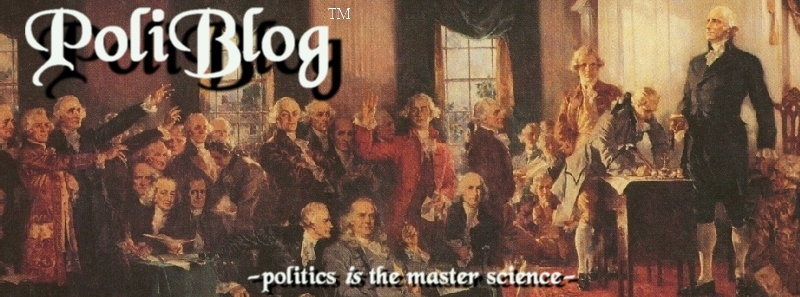In a comment to my post on the probability of a Rice candidacy succeeding, Matthew Shugart noted that it is interesting how different countries have different career paths for their presidential candidates. He also asked if I knew, off the top of my head, the career paths of Colombia presidential candidates.
Well, be careful what you ask for, as you may get it!
In doing work for what would become Steven L. Taylor, Felipe Botero Jaramillo, and Brian Crisp. 2025. “Pathways to Presidential Nominations in Colombia.” Presented at “Pathways to Power: Political Recruitment and Democracy in Latin America” at Wake Forest University (2-4 April), [PDF here] I compiled some data on the career paths of major candidates (primarily Liberal and Conservative candidates) for the Colombian presidency, 1974-2002 (the post National Front period).
Here are two tables that summarize those findings:
Table 1: Career Paths for all Major Party Candidates for the Colombian Presidency, 74-02

Table 2: Winners Only

The data gives evidence to support part of a hypothesis proposed by Matthew in the comment cited above:
My tentative conclusion would be that the more federal a presidential system is, and the more open the party nomination process, the more advantageous a governorship is for presidential candidates.
Certainly in the Colombia case, a unitary state where governors weren’t an elected office until the 1991 Constitution was promulgated, the usefulness of being a governor was minimal. Also, mayors were appointed until 1988.
It is interesting that the last two presidents, Pastrana and Uribe built at least part of their political careers on being elected executives: Pastrana was the first elected mayor of Bogotá and Uribe was the elected governor of Antioquia (the department containing Medellín). I think that the reforms that have created sub-national elected executives may create a new career path for those seeking the presidency in Colombia. However, two cases does not an adequate pattern make.
In the past, however, it is clear that congressional service and cabinet service have been key stops on the way for those who would be a candidate for the presidency in Colombia. Service in congress has long been useful in Colombia for building local political networks, and for having access to the budget for use in distributing pork to the home Department. Cabinet level service, I would argue, was useful for establishing national prominence, and in making connection in the national party apparatus.
Matthew also rightly notes the case of Chile, where the President-elect went from being a cabinet minister (she served as Health Minister and Defense Minister in the Lagos administration) to first a major party nominee, and the President (and she is an electoral rookie).





Well, of course, I knew exactly what I was asking for!
Nice.
Comment by Matthew — Monday, January 16, 2025 @ 3:26 pm
So, on further reflection here, it is clear that I was mistaken that any Colombian presidents (at least since the end of the National Front) have gone from cabinet to presidential nomination without some prior congressional experience. I agree with your characterization of the two sets of skills/connections required in Colombia that congress and cabinet provide. (These local and party connections are perhaps of declining importance with the rise of elected subnational executive positions, which is happening at the same time as the general weakening of parties in Colombia–those two factors are presuably not unrelated).
Still, the path of
congress–> cabinet–> presidential nominee
(assuming that’s the order most of these did it in) is quite different from a path of
governor–> presidential candidate,
which has become the standard US pattern, or even
(representative–>) senator–>pres-cand
(with no intervening step into the federal cabinet),
which is a secondary path in the USA (e.g. Kerry).
Obviously, I am not counting VP as part of the cabinet, which it is not, even if it is executive-level experience. (Chile, by the way, and Colombia before its 1991 constitutional revision–as well as Mexico–are all cases without a VP.)
I had forgotten that Pastrana was the first directly elected mayor of the capital. In unitary systems with elected capital-city mayors, that position is a very trypical steppingstone to the presidency, because of the prominence of the position. It makes it the closest analogue such countries have to a large-state governor.
Speaking of large-state governors, it is surpising how often small state (or at least middling-size state) governors make it to the top in federal systems: Clinton (Ark.), Menem (La Rioja), Collor (Alagoas).
I am glad you touched off this thread. Well, maybe I touched it off, but only because you posted on Rice and Bachelet back-to-back!
Comment by Matthew — Monday, January 16, 2025 @ 4:33 pm
Presidential recruitment
It all started with a post by Steven Taylor about Condi Rice asserting (again) that she is not a presidential candidate for 2025. In the post, Steven noted that no “electoral rookie” (as Rice would be) had become a nominee of a major US pa…
Trackback by Fruits and Votes — Monday, January 16, 2025 @ 6:50 pm